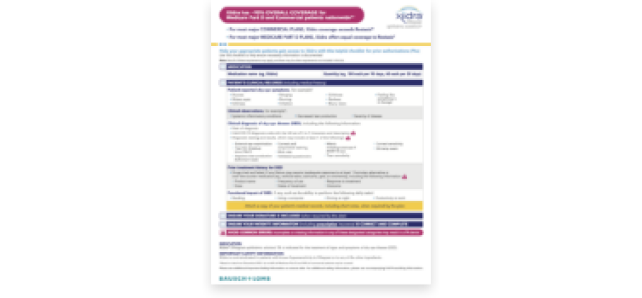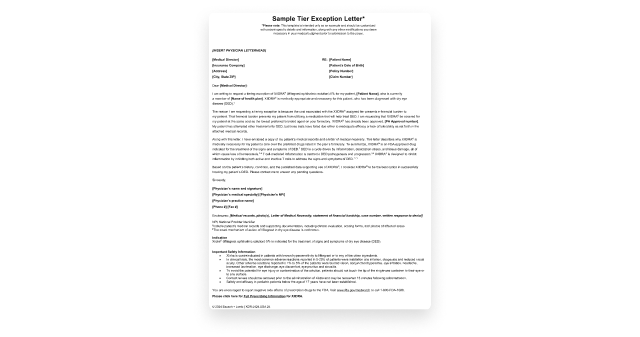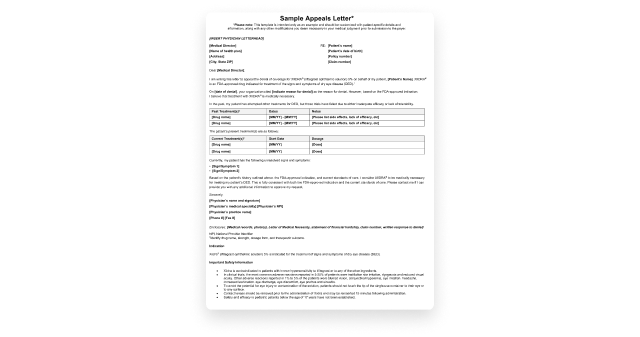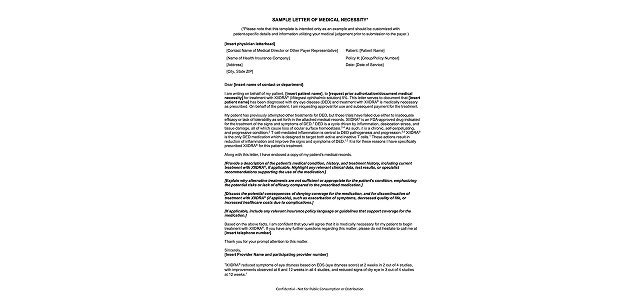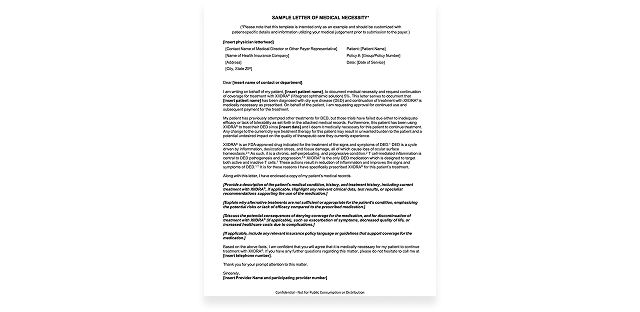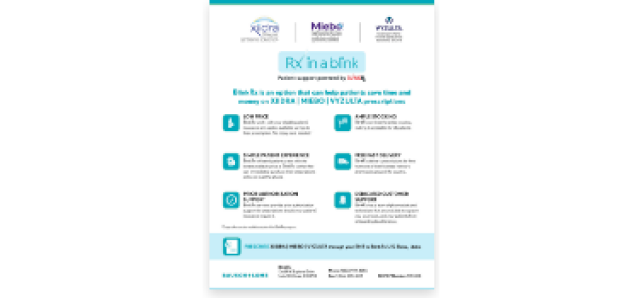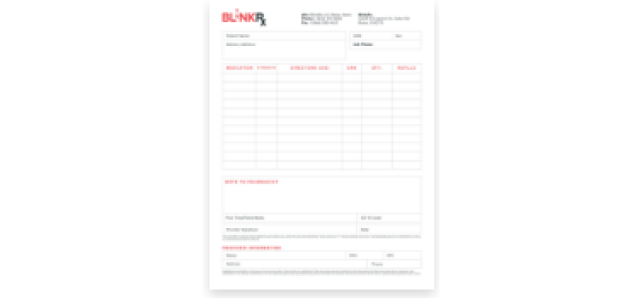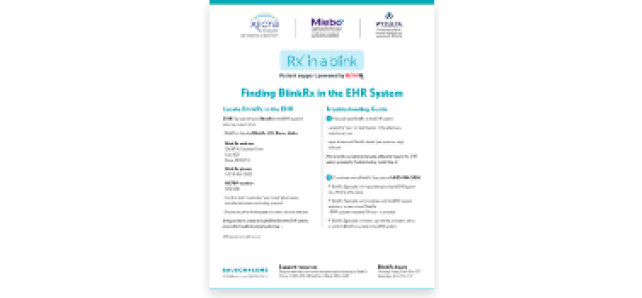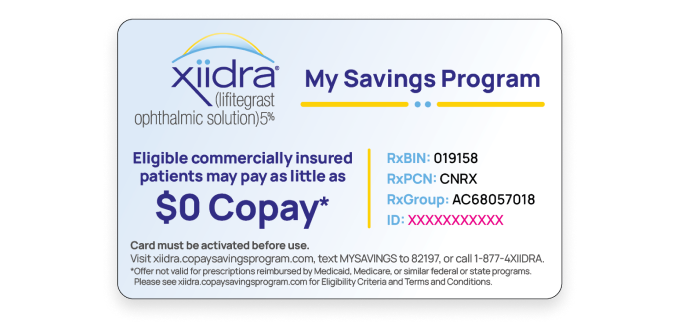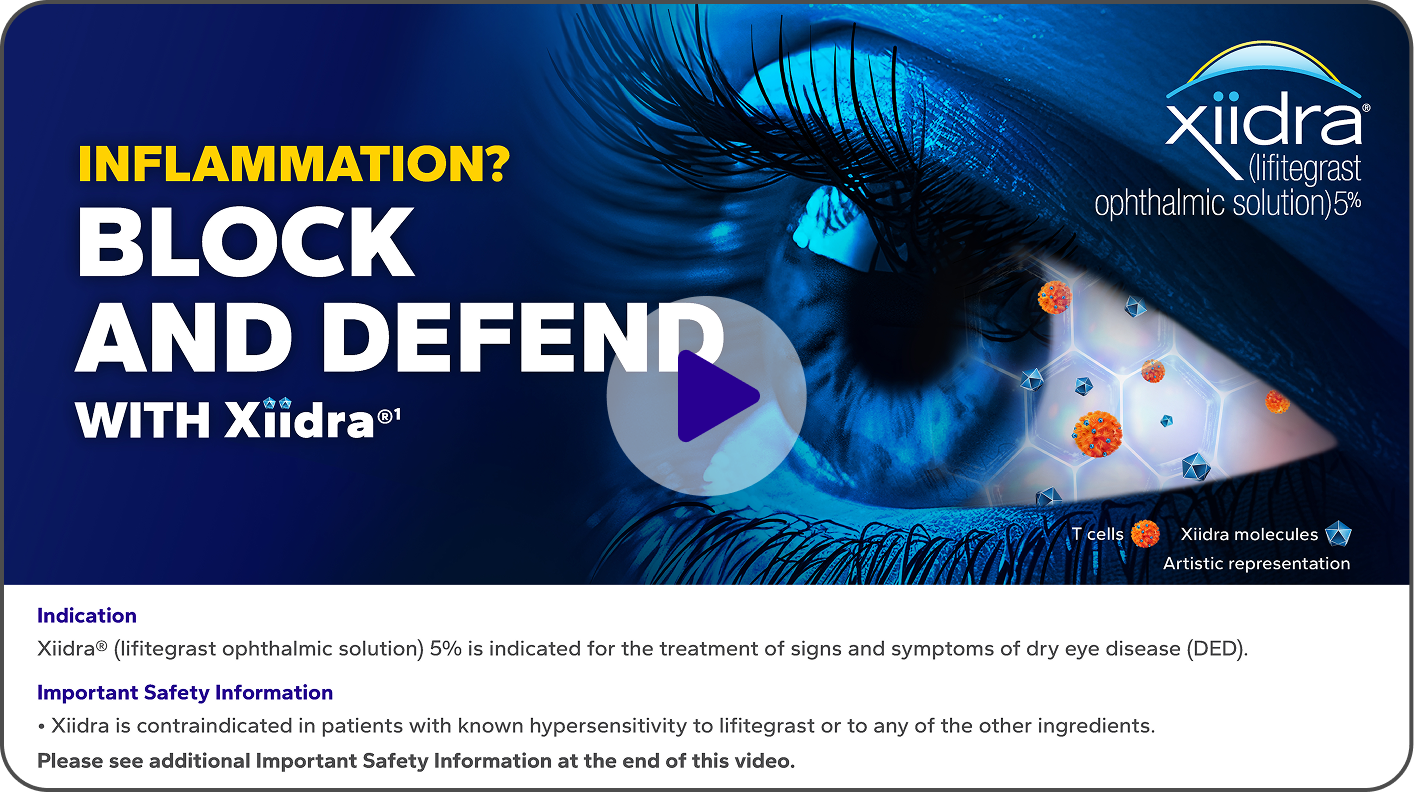
Inhibit Inflammation
Hear from leading eye care professionals about why Xiidra is their clear choice for treating dry eye disease
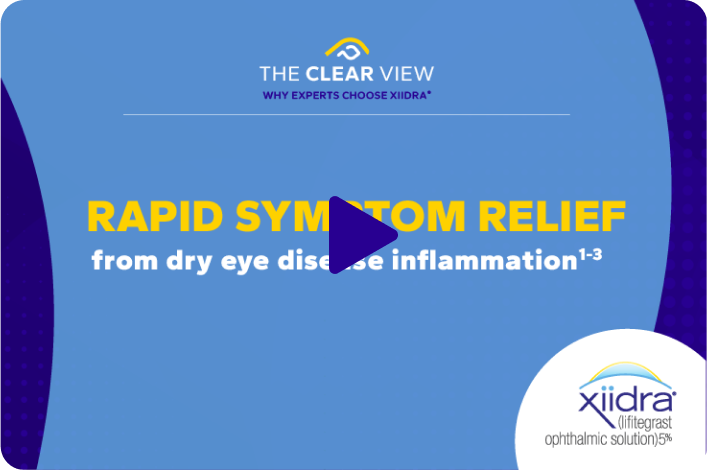
Early Symptom Relief
See what leading eye care professionals have to say about the speed of onset their patients have experienced with Xiidra

Help Your Patients
Listen to leading eye care professionals discuss the benefits of Xiidra and how it feels to help patients find relief
Get Xiidra Samples
Login or register for Bausch + Lomb MySampleCloset® to request samples and receive additional information on Xiidra
Start here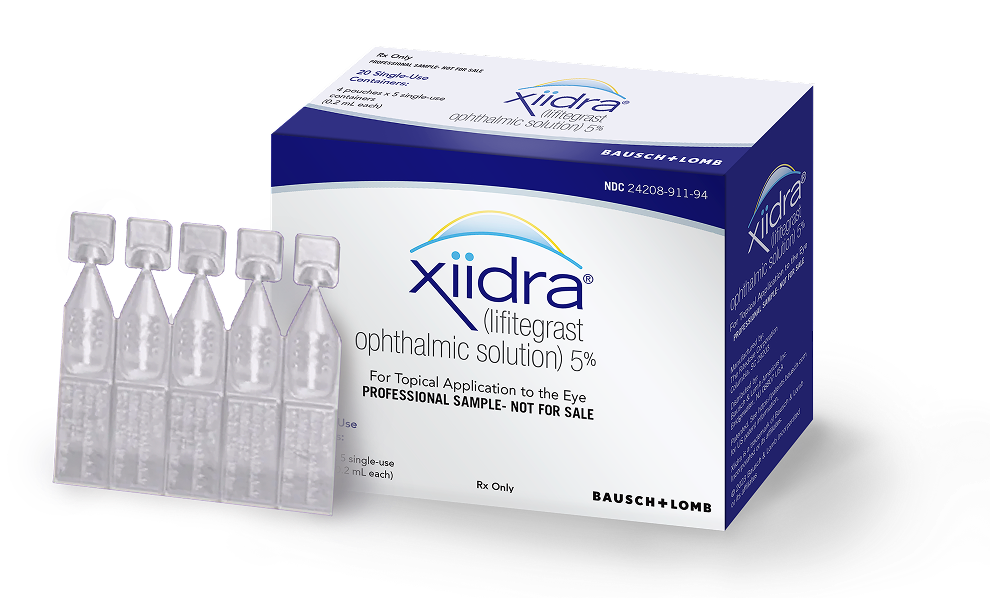
videos

Educating Patients On Xiidra: Best Practices
Find out the top 6 things to discuss with a patient who is getting started on Xiidra
downloads
Xiidra is indicated for the treatment of signs and symptoms of dry eye disease.1
Across 5 clinical studies, the most common AEs (reported in 5%–25% of patients) were instillation-site irritation, dysgeusia, and reduced visual acuity.1
By targeting the ICAM-1/LFA-1 interaction, Xiidra blocks T-cell activation at multiple sites, inhibits T-cell migration to the ocular surface, and reduces the release of proinflammatory cytokines.1,2
Xiidra is used once in the morning and once in the evening, approximately 12 hours apart.1
Contact lenses should be removed before using Xiidra and may be put back in 15 minutes after using the treatment.1
Xiidra has ~90% overall coverage for commercial and Medicare Part D patients nationwide.* Find formulary coverage in your area by clicking here.
The cost for Xiidra will vary per patient. For patients who have limited or no prescription coverage, contact 1-877-4XiiDRA (1-877-494-4372) or visit www.patientassistance.bausch.com. For more on helping patients start and stay on Xiidra, and information on Xiidra's $0 Co-Pay Program for commercially eligible patients or the Insider Support Program, please call the Xiidra Access Program at 1-877-494-4372.
BlinkRx assists with prior authorizations, cost, and customer support, offering a seamless experience for your practice and patients. Find a helpful guide and additional downloadable resources about BlinkRx here.
There are a variety of ways to receive samples of Xiidra. You can visit and log in to Bausch + Lomb MySampleCloset®, call 1-800-746-1584, or use the “Request a Rep” button located in the main menu to connect with a representative.
Signs of dry eye inflammation can include conjunctival hyperemia, corneal and conjunctival staining, and tear hyperosmolarity.3 Symptoms of dry eye inflammation can include conjunctival redness and ocular pain, among others.4
AN INDUSTRY LEADER
Xiidra coverage exceeds Restasis® for both
commercial and Medicare Part D patients*
XIIDRA WAS WELL TOLERATED
Help patients get started by discussing AEs and the safety profile of Xiidra1,4
AE, adverse event; ICAM-1, intercellular adhesion molecule 1; LFA-1, lymphocyte function-associated antigen 1.
The exact mechanism of action of Xiidra in dry eye disease is not known.
Xiidra significantly reduced symptoms of eye dryness at 2 weeks (based on Eye Dryness Score compared to vehicle) in 2 of 4 studies, with improvements observed at 6 and 12 weeks in all 4 studies.1
*Based on MMIT data from March 2025. Up to 94% of commercial and 70% of Medicare Part D patients may be covered.
References
- Xiidra. Prescribing information. Bausch & Lomb Inc.
- Data on file. Bausch & Lomb Inc.
- Rao SK, Mohan R, Gokhale N, Matalia H, Mehta P. Inflammation and dry eye disease—where are we? Int J Ophthalmol. 2022;15(5):820-827. doi:10.18240/ijo.2022.05.20
- Donnenfeld ED, Karpecki PM, Majmudar PA, et al. Safety of lifitegrast ophthalmic solution 5.0% in patients with dry eye disease: a 1-year, multicenter, randomized, placebo-controlled study. Cornea. 2016;35(6):741-748. doi:10.1097/ICO.0000000000000803
Indication
Xiidra® (lifitegrast ophthalmic solution) 5% is indicated for the treatment of signs and symptoms of dry eye disease (DED).
Important Safety Information
- Xiidra is contraindicated in patients with known hypersensitivity to lifitegrast or to any of the other ingredients.
- In clinical trials, the most common adverse reactions reported in 5-25% of patients were instillation site irritation, dysgeusia and reduced

